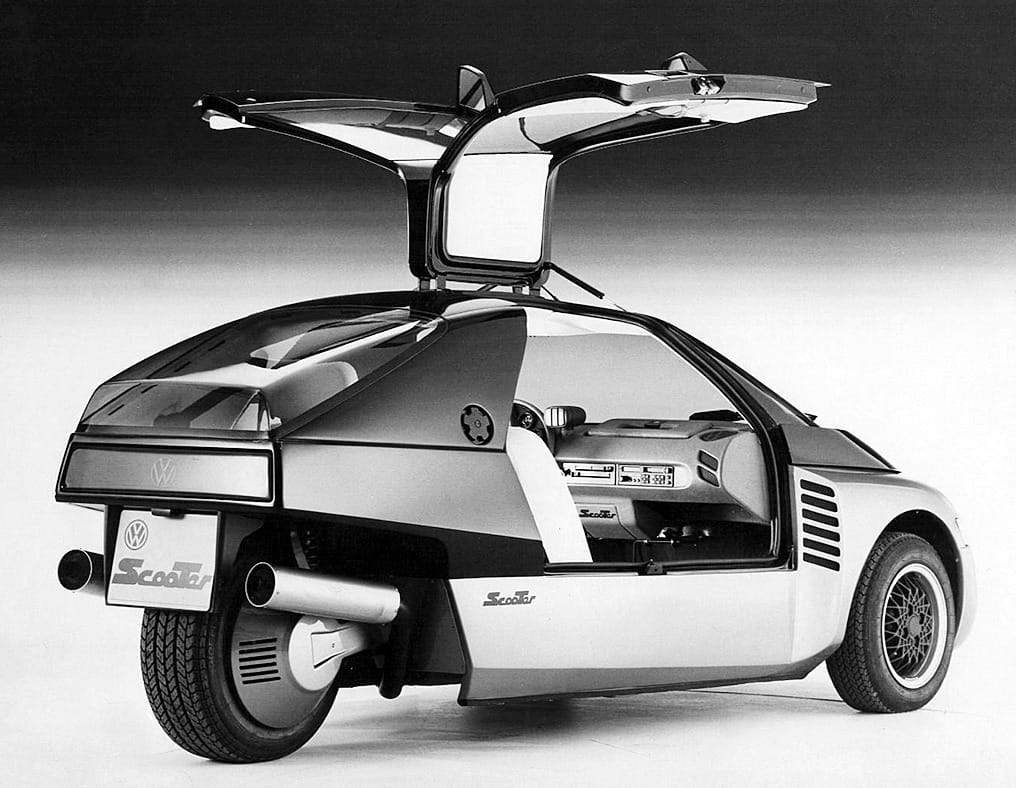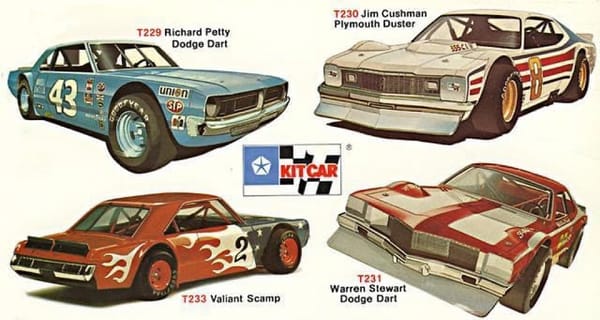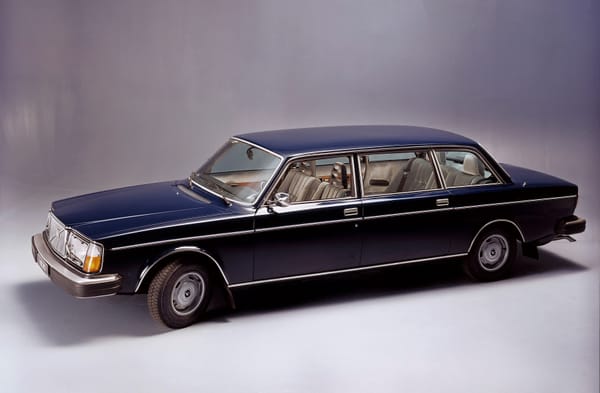Volkswagen Scooter and blinding LED headlights
Car of the Day #20: Volkswagen Scooter

Car of the Day #20: Volkswagen Scooter


Car of the Day #150: 1979 Ford F-250 “Bigfoot” by Bob Chandler – As Seen On TV

Car of the Day #149: 1984 Ford Maya by Italdesign – Mid-engined magic

Car of the Day #148: 1974 Chrysler Kit Car – Launching a Legend

Car of the Day #147: 1977 Volvo 264 TE by Bertone – Swedish for ‘stretch’